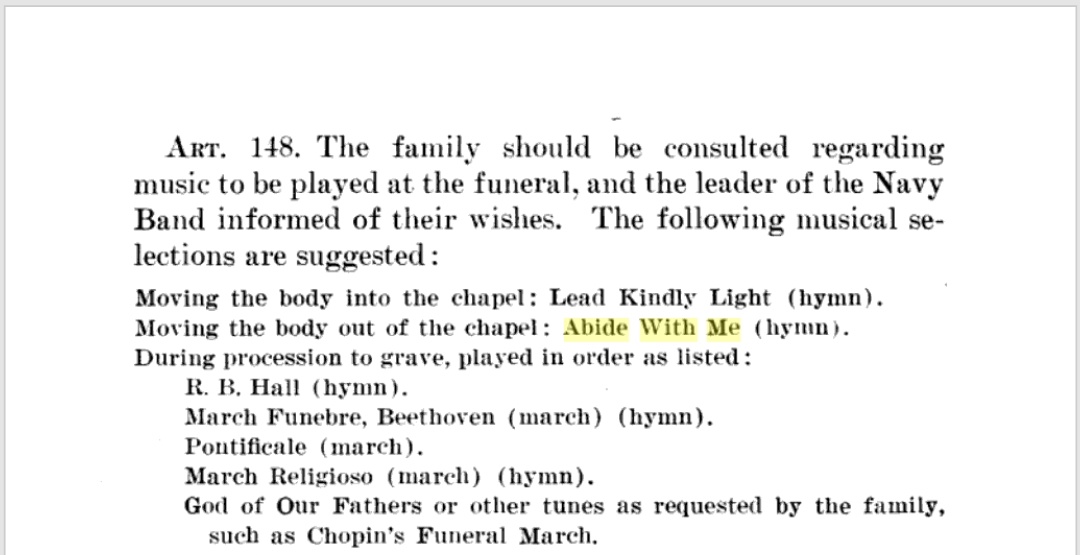
Why recapturing Sinhagad in Feb 1670 was important in the grander scale of things.
A flutter of a butterfly creates a storm halfway around the globe.
A flutter of a butterfly creates a storm halfway around the globe.

After losing 23 forts to Aurangzeb , Shivaji laid low. Spent his time rebuilding. Also spent a year escaping from Agra and reaching Rajgad.
Sinhagad was one of the most important forts lost. In fact it retained its importance as Pune's guard fort right up to 1818.
Sinhagad was one of the most important forts lost. In fact it retained its importance as Pune's guard fort right up to 1818.
Sinhagad was a very important and strategic fort. Stone's throw from the capital Rajgad , guarding the important route from Kalyan to Pune as well as Pune itself.
It gave Aurangzeb the base needed to launch any future attacks and kept Chhatrapati Shivaji hemmed in.
It gave Aurangzeb the base needed to launch any future attacks and kept Chhatrapati Shivaji hemmed in.
End of 1669 and beginning of 1670 was a delicate time.
Chhatrapati Shivaji had justed stabilized his kingdom after his return from Agra. To the north, Aurangzeb had issued his famous firman.
Kashi Vishwanath was destroyed. Krishnajanmabhoomi Mathura had been demolished.
Chhatrapati Shivaji had justed stabilized his kingdom after his return from Agra. To the north, Aurangzeb had issued his famous firman.
Kashi Vishwanath was destroyed. Krishnajanmabhoomi Mathura had been demolished.
Yes , we have benefit of hindsight , but the process which culminates with the Battle of Salher , starts exactly two years previous with the ouster of Uday Bhan.
Within six months of the fall of Sinhagad, several forts such as Lohagad, Mahuli were retaken by similar methods.
Within six months of the fall of Sinhagad, several forts such as Lohagad, Mahuli were retaken by similar methods.
Tanaji Malusare's attack was audacious. It opened the campaign on an offensive footing for Chhatrapati Shivaji.
Failure would mean a hundred questions would be asked of Shivaji's leadership and decision making skills.
Uneasy lies the head that wears the crown.
Failure would mean a hundred questions would be asked of Shivaji's leadership and decision making skills.
Uneasy lies the head that wears the crown.
In the face of Diler Khan's invasion, Shivaji Maharaj made a tactical retreat - but a retreat none the less.
The Sinhagad win was needed to booste morale and Tanaji provided it in ample measure.
Failure would mean restrategizing perhaps aborting the campaign altogether.
The Sinhagad win was needed to booste morale and Tanaji provided it in ample measure.
Failure would mean restrategizing perhaps aborting the campaign altogether.
Battles of the Maratha Empire covers the Salher campaign in greater detail.
amazon.in/Battles-Marath…
amazon.in/Battles-Marath…
• • •
Missing some Tweet in this thread? You can try to
force a refresh
















